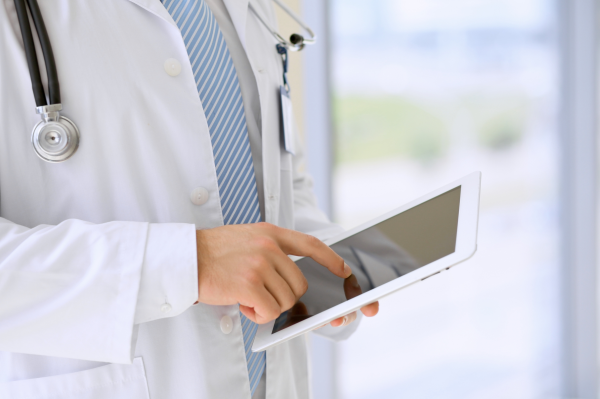Contributed by Shehaan Fernando, Regional Director for Connected Care Informatics at Philips
We now live our lives within an ecosystem of connected products, programs and services. Over the past decade, new technologies have enabled patients, carers and healthcare professionals to access, share and manage information more easily. This in turn has improved the quality and outcomes of care. Yet digital health still has the potential to unlock even greater value for both patients and the health system.
To further explore this opportunity, Philips commissioned a report, the Future Health Index 2019, which suggests paths toward broader acceptance and adoption of digital health. The report also offers greater insight into the factors impeding widespread use of new ways of working which can accelerate the shift from volume-based to value-based care, in order to drive a more sustainable healthcare system.
The report revealed that Australia’s healthcare industry still lags behind others in embracing the digital age with the cost of healthcare in Australia continuing to rise – being $186.3 billion in 2018, up from $172 billion in 2013.
One technology that can have a profoundly positive impact on both cost and the outcomes of care, is telehealth.
Telehealth - an untapped, but powerful tool
Telehealth has clear benefits for Australia with our vast geography, dispersed population and the uneven distribution of our clinical workforce. These challenges are clearly evident through the findings of the report.
About a third of Australians believe the healthcare system in their country does not provide them access to medical care and availability of doctors. Additionally, fifty-six percent say they are discouraged from visiting a healthcare professional even when they have a medical reason to go. Limitations of insurance (23 percent), lack of time (17 percent) and difficulty/inability to schedule an appointment (13 percent) are cited as common reasons.
Telehealth-driven care models not only eliminate the challenges of distance but also result in better patient outcomes and experience. This is achieved through the opportunity for timelier intervention and bringing care closer to home. Through the capability of a highly specialised clinical team, a small group of clinicians can support a large population of patients, enabled by technology, which highlights patients that need support at that point in time. This is enabled through the data driven insights captured through technologies like wearables, that allow for early detection of clinical deterioration. Ultimately, the opportunity for population health at scale is fast becoming a reality through such models.
The evidence is clear. Thirty six percent of Australians are open to remote consultations for non-urgent care, and nearly half of Australian healthcare professionals saying they have seen telehealth positively impacting patients’ experience in the last five years.
Wider adoption of telehealth by healthcare professionals is needed in order to fully unlock significant patient benefits.
Bridging the gap
True change cannot be achieved unless the patient takes control of their condition. Telehealth encourages patients to access care, manage their appointments, access specialist care and allied health professionals, regardless of their care team’s location, allowing these individuals to feel safe and remain in control. Through remote coaching, these individuals become more confident in managing their conditions, which also leads to a reduction in health resource consumption.
The Future Health Index 2019 report indicated that putting the patient at the centre of the healthcare experience delivers better health outcomes, lowers the cost of care and supports Australians to accelerate the move towards value-based care. Supporting both patients and healthcare professionals to better understand and embrace the many benefits that telehealth provides, helps achieve this important goal.
Already, we are seeing the benefits of mobile technology and the impact that smartphones, tablets, apps and wearables are having on the healthcare experience. But we need adoption at scale and encouragement by healthcare professionals to embrace the evolution of this type of care.
We are excited by the way technology is already empowering patients and carers, giving them more control over their health. Philips is determined to continue providing solutions that allow patients to stay healthy, prevent illness and disease, and assist healthcare professionals to deliver value-based healthcare.
